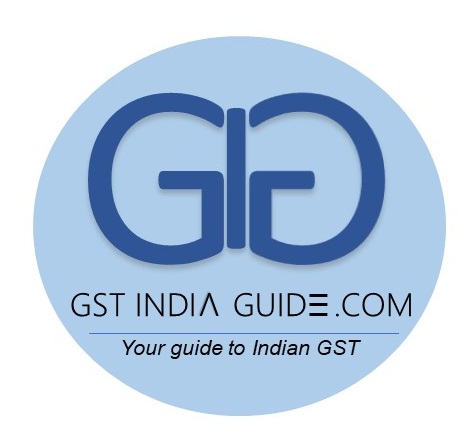According to an official, the government is considering ways to provide relief to the makers of railway components as such vendors have seen a rise in their cost after GST was rolled out. Suppliers of parts pay 18 percent tax on inputs but the levy on finished goods is 5 percent. This inverted duty structure has led to accumulation of input tax credit since they pay a lower output tax. The government is planning to increase GST on wagons and bogie components, among others, to 12 percent from 5 percent, or refund the credit but no decision has been taken yet.
The issue was discussed in the GST Council’s meeting in July last year and the Fitment Committee agreed that increasing the rate to 18 percent will do away with the distortion. But there was a concern that it would lead to immediate loss of revenue since the accumulated credit was large and railway parts makers will set it off against their tax liability. Umesh Choudhary, chairman of national committee on railways at industry body CII, said that if accumulation of credit is not corrected, it will continue to create a huge cash flow problem for the industry
According to Udit Gupta, partner at law firm Udit Kishan & Associates, Indian makers of railway parts also run the risk of getting tax demands. Input-tax credit that remains unused and continues to accumulate is classified as an income under the Income Tax Act, 1961. The manufacturers may be liable to pay tax on this notional income. In the pre-GST regime, there was no inverted duty structure and the problem of accumulated credit did not arise.
The Indian Railways is also restricted from using the credit for payment of tax levied for goods and has to pay GST in cash. Krishan Arora, a tax partner at Grant Thornton India LLP, said that the loss caused to the railways would amount to around Rs 6,000 crore a year. He added that the government should consider doing away with the inverted duty structure or allow refund of such accumulated credit since this significantly impacts the overall working capital and operational costs.
